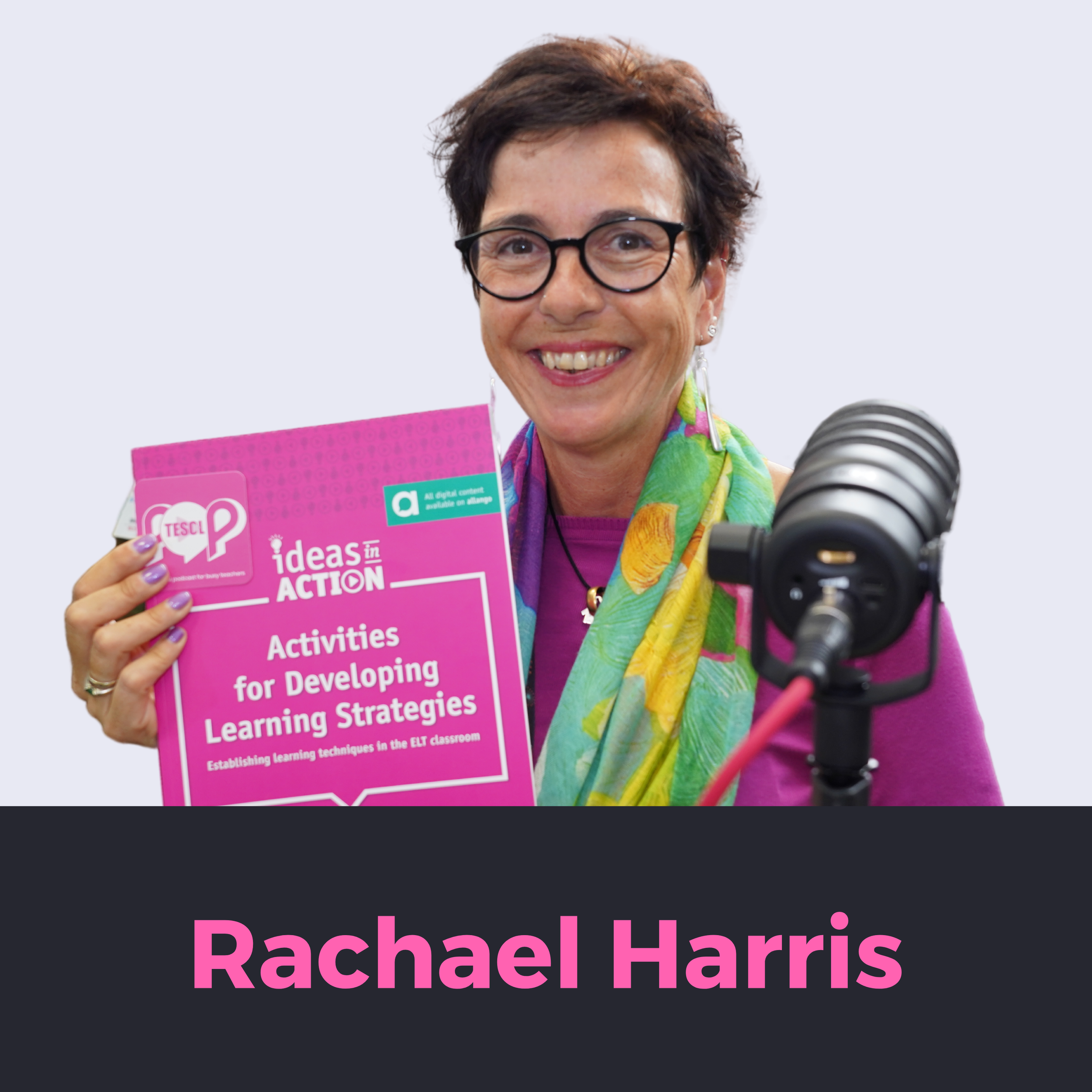5 Lessons Learned about Teaching Online
Over the past year, we have had to turn to online platforms to continue teaching. For many of us, this has involved a process of trial and error as we familiarise ourselves, and our learners, with the online classroom.
Looking back over the past year enables us to identify what works and what doesn’t in the online classroom. When I interviewed Teacher Trainer, Kevin Clare, about strategies for teaching young learners online we talked about what we have learnt about teaching in this new environment. The list below summarises our top takeaways from our experience.
Tip 1: Involve the family
If you are teaching kindergarten to upper primary age groups, then the child’s caregivers will play a crucial role in helping them become comfortable. This will reduce the anxiety that the child may feel about studying online and support them in growing the skills they need to succeed. Taking time to communicate with the child’s family regarding what they need to prepare, how the child will learn online, and how they can support will help to manage expectations and save time in the long term.
While you can meet with each of your learners’ parents or caregivers before starting online classes, this may not be a sustainable or practical option. Instead, consider creating the following resources for parents/caregivers:
A checklist on what to prepare
‘How to’ induction videos
An orientation workshop
An annotated calendar
Supplementing such resources with visuals and demonstrations will make them effective and easy to follow. If you don’t share the same language as the family, then it may be worthwhile in investing in translating the resources into different languages.
Tip 2: Set up space
A study space applies to both the teacher and the learner. From a teaching perspective, think about resources you want to integrate into your lessons and how you want to set up your teaching space. For example, you may want to use a mini whiteboard, a world map, a sound of the day wall, a box of props that you keep under the desk etc.
Similarly, your learners will need a quiet space away from distractions so they can focus on their learning. If your learners are studying from home, then their study space can be s beanbag and a study tray in a corner or a space at the kitchen table. Creating a study space will help your students to differentiate between home life and studying.
Tip 3: Take breaks
Teaching and learning online can be tiring due to the high level of demand it places on everyone. Practising using online tools and resources before lessons can help to lighten the cognitive load of multitasking that teaching online involves. It is also useful to consider alternatives in your lesson plan in case a tool does not work or if a learner experiences difficulties in using it.
From the other side of the screen, concentrating on the class while learning how to navigate the online learning environment is equally tiring for students. If you and your learners are studying a lot online, then it is a good idea to include breaks as well as activities where you and your learners can stretch.
Tip 4: Create instructional videos
Short simple instructional videos shot on a phone are an effective way to show your learners how to use different online tools. It is worthwhile creating a bank of these videos that you can show to your learners via a share screen option when introducing or reviewing a tool that you want them to use. For example, you may create videos on how to join a breakout room, how to raise your hand for help, or how to use the annotate tool. You can save these videos in a folder or an online space (e.g. Google classroom or a class Padlet board) where you and your learners can access them whenever needed.
Tip 5: Create community
Often chatter among students before class, during breaks, and after class is missing from the online environment – this can cause learners to feel that they are studying with strangers rather than their peers.
To create opportunities for learners to get to know each other you can set a discussion point and play music as learners enter the virtual room or while they are on a break. Discussion points can centre on topics such as food, hobbies, favourite activities etc. For young learners, a simple game like spot the difference, find the object, or memory can help to engage your learners in play. If you are teaching adults, then you might want to consider leaving the classroom open for 5-10 minutes after the lesson to create a space where learners can continue to chat.
During the lesson, use tasks that encourage learners to interact and genuinely get to know each other. Surveys, interviews, discussions, as well as show and tells can work well in promoting sharing during the Production stage of a lesson. Equally, you can use your examples when modelling answers when giving instructions for these tasks – this also creates a chance for the learners to get to know you better too!
What would your top takeaways be for teaching online? Share your thoughts in the comments below.



Founder of the Learning Cosmos André Hedlund explores the growing challenges of maintaining attention spans in the age of digital distractions. André dives into the impact of screen time, executive functions' role in learning, and how going back to basics can foster focus and resilience in our classrooms.